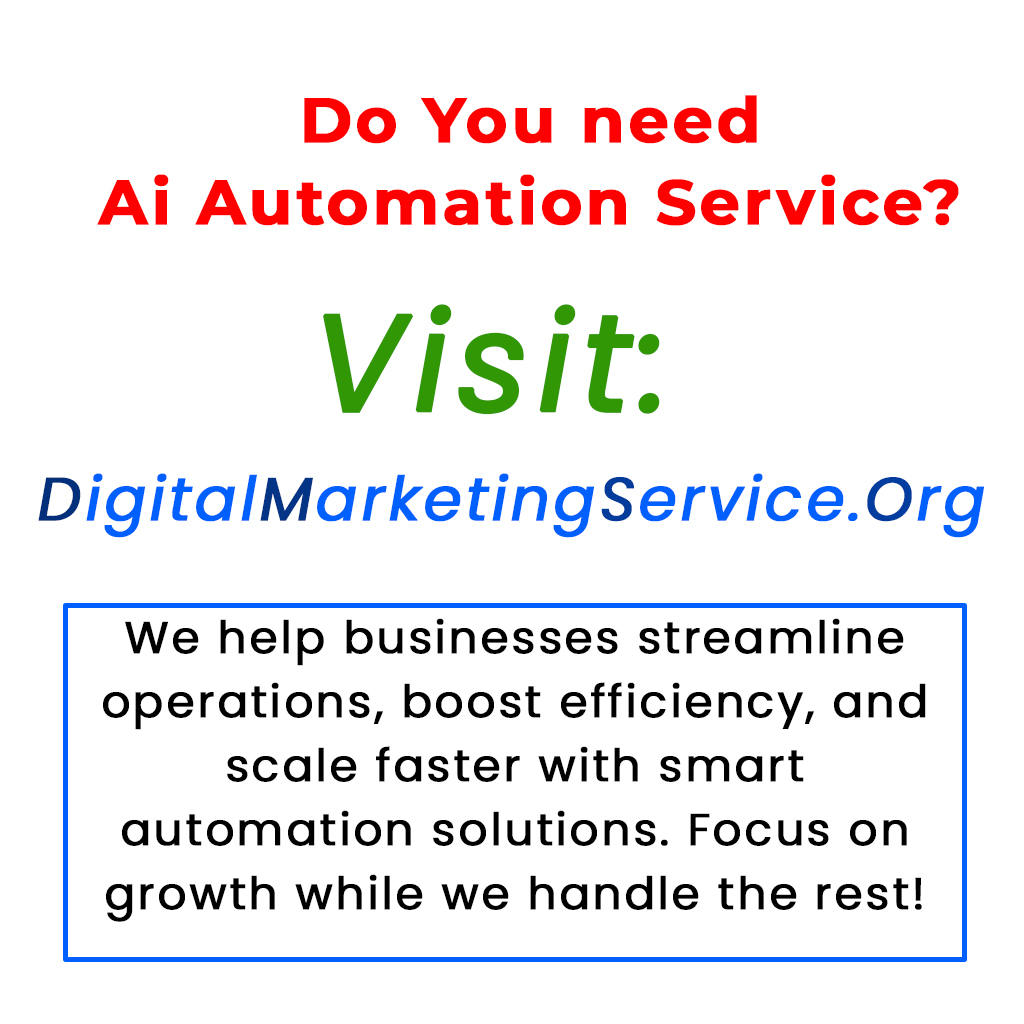OpenBOM is transforming product lifecycle management (PLM) by integrating artificial intelligence (AI) into its cloud-native platform. Unlike traditional systems that struggle with rigid data models and complex setups, OpenBOM offers a scalable, flexible architecture that supports dynamic data models, allowing businesses to adapt easily. With features like a knowledge graph, data ingestion from various sources, and an “AI as code” approach, OpenBOM enables intelligent decision-making and automation in engineering and manufacturing. This creates a seamless environment where AI agents can analyze relationships in product data, suggest optimizations, and proactively address supply chain disruptions. As AI continues to evolve, OpenBOM is positioned as a leader in AI-driven PLM solutions, ready to empower companies in their digital transformations.
OpenBOM: The Future of AI-Driven Product Lifecycle Management
In recent discussions, we delved into OpenBOM AI and explored the exciting intersection of artificial intelligence and product lifecycle management (PLM). With AI technology rapidly advancing, our vision for how these technologies can transform industries is evolving too. If you missed our previous insights, you can catch up on the “End of SaaS PLM and AI Agents” at Beyond PLM.
Today, we are excited to expand on how OpenBOM’s innovative architecture positions it as a powerhouse for AI-driven PLM agents—a development that has significant implications for engineering, manufacturing, and supply chain management.
What does AI mean for PLM? It goes beyond the basics of chatbots or task automation. The real advantage lies in building an intelligent foundation for data—a cohesive digital thread that understands the intricate relationships between product data, engineering decisions, procurement, and supply chain dynamics. OpenBOM’s adaptable and context-aware infrastructure supports these requirements.
OpenBOM’s Scalable and Configurable Architecture
OpenBOM is designed as a cloud-native service built on a multi-tenant foundation. Unlike traditional PLM systems, which can be cumbersome and require extensive setup, OpenBOM enables businesses to get started quickly and easily, running on major cloud platforms like AWS and Microsoft Azure. This scalable architecture is essential for AI workflows, requiring the ability to manage large volumes of data and process it instantly.
With OpenBOM, organizations don’t have to deal with infrastructure issues like software upgrades or expensive maintenance; everything is kept up-to-date seamlessly, enabling immediate access to the latest AI capabilities.
“PLM as Code” – Data Model as a Programmable System
One of the primary limitations of traditional PLM systems is their rigid data models. OpenBOM, however, adopts a dynamic approach, allowing businesses to modify their PLM data easily. This flexibility is crucial for integrating AI, as agents require adaptable systems for effective data interaction.
With OpenBOM, companies can:
– Instantly adjust data models to include new types of information, like IoT data or supplier insights.
– Create custom workflows that evolve based on AI recommendations.
– Easily connect with external systems through OpenBOM’s open API.
This approach enables AI to take an active role in data modeling and decision-making, something many traditional PLM systems struggle with.
Building a Product Knowledge Graph with Instant Data Import
Data serves as the backbone for AI, and OpenBOM’s ability to convert various data types into a product knowledge graph significantly enhances AI capabilities. Unlike conventional PLM databases that treat data in silos, OpenBOM creates a network of connected information, offering insights into product designs and supply chain processes.
This enables AI agents to:
– Comprehend the broader context of product data.
– Identify risks and optimization opportunities.
– Provide insights based on historical data and trends.
By establishing a comprehensive understanding of product information, OpenBOM enables immediate AI-driven analysis and actions.
Programming PLM AI Agents with OpenBOM
The combination of OpenBOM’s flexible architecture and interconnected data supports the creation of highly functional AI PLM agents. These agents can:
– Suggest design changes based on real-time data.
– Predict supply chain disruptions by analyzing supplier networks.
– Assist engineers with compliance and configuration management.
– Automate supplier selection processes based on performance history.
With OpenBOM, AI becomes a critical component in the management and optimization of product data.
Conclusion
The future of OpenBOM is bright with AI advancements. As AI reshapes how we approach PLM, OpenBOM stands ready to lead the charge. Its multi-tenant architecture, flexible data models, and knowledge graph capabilities position it as the ideal platform for AI-driven PLM solutions.
We look forward to sharing more exciting developments and welcome any thoughts on how AI can enhance your PLM experience. If you’re interested in exploring the possibilities with OpenBOM, feel free to reach out.
Tags: AI, Product Lifecycle Management, OpenBOM, Engineering, Manufacturing, Supply Chain, Multi-Tenant Architecture, Data Model.
What is OpenBOM’s Multi-Tenant Architecture?
OpenBOM’s Multi-Tenant Architecture lets different users share the same software platform while keeping their data separate and secure. This means businesses can use the same system but won’t mix up their information.
How does the Flexible Data Model work in OpenBOM?
The Flexible Data Model allows users to customize the way they store and manage information. This means you can adjust fields and structures to fit your needs without being stuck with a one-size-fits-all approach. It helps businesses manage their data better.
How can AI agents benefit from OpenBOM’s architecture?
AI agents can use the data from OpenBOM’s Multi-Tenant Architecture and Flexible Data Model to provide smarter insights and automate processes. With access to organized and tailored data, AI can help businesses make better decisions faster.
Is my data safe in OpenBOM?
Yes, your data is safe in OpenBOM. The Multi-Tenant Architecture ensures that each user’s data is protected and private. Security measures are in place to keep your information secure from unauthorized access.
Can I integrate OpenBOM with other tools?
Absolutely! OpenBOM is designed to work well with various tools and software applications. This means you can easily connect it with your other systems to streamline your workflow and enhance your productivity.






